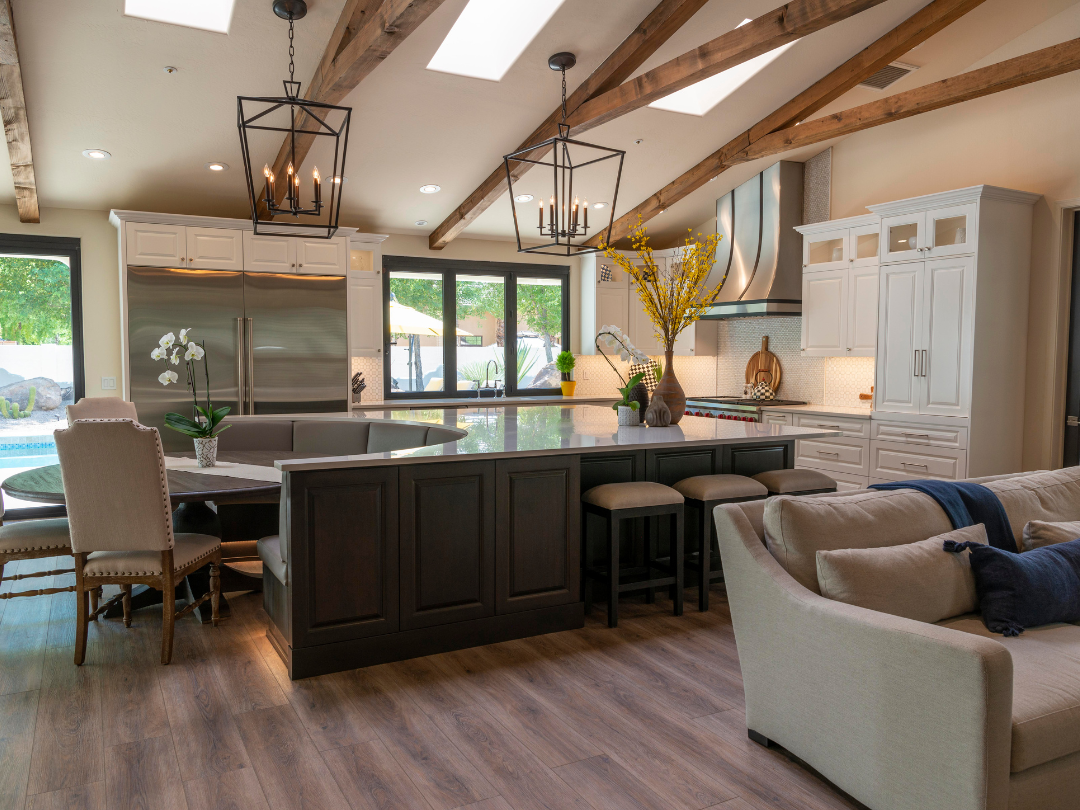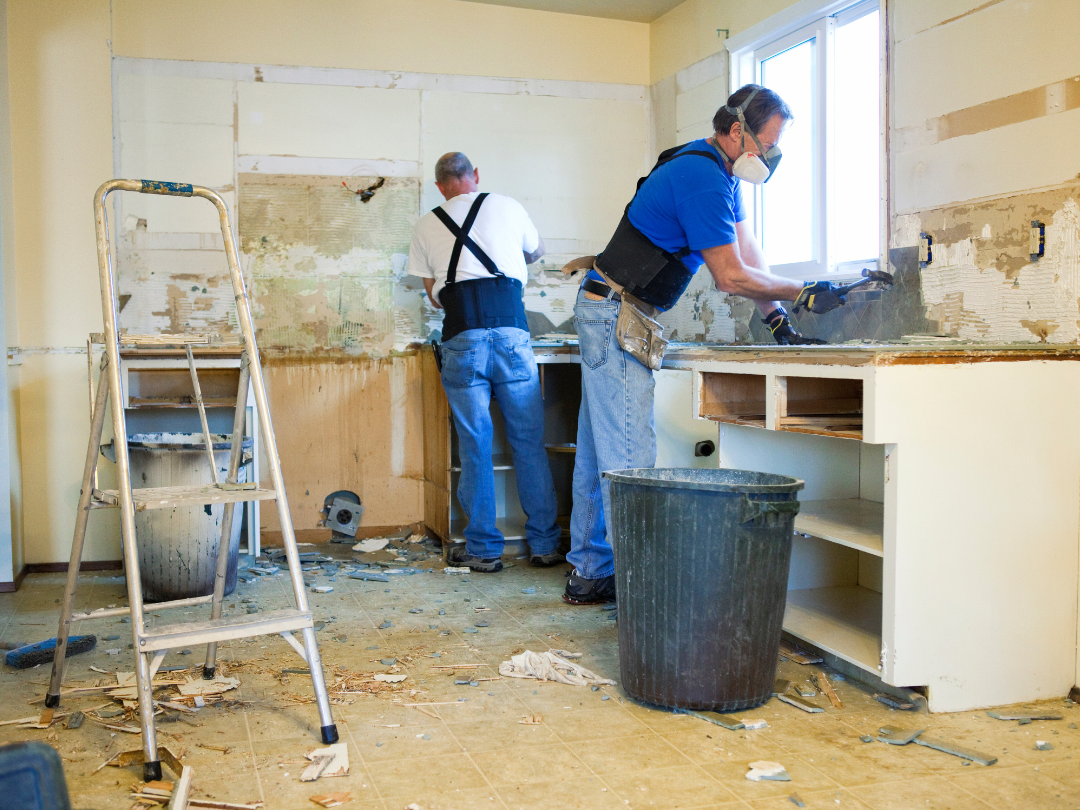In today’s competitive housing markets across the United States and Canada, maximizing property value before listing can determine whether a home sells above or below the asking price. Real estate agents and home improvement professionals share a common goal: helping homeowners make informed decisions that increase return on investment (ROI). When these two experts collaborate, sellers benefit from more favourable pricing, quicker sales, and fewer surprises during inspections.
This guide explains how real estate agents collaborate with contractors, interior designers, stagers, and inspectors to enhance property value, reduce risks, and streamline the selling process.
1. Understanding the Connection Between Real Estate and Home Improvement
Real estate agents are the link between market demand and property condition. They know which upgrades appeal to buyers and which ones don’t justify their cost. Home improvement professionals, on the other hand, execute the physical work needed to bring those upgrades to life.
Together, they bridge strategy and execution. For instance, agents can analyze comparable listings to identify where a property falls short, then recommend reliable pros to address those issues, such as upgrading kitchens, replacing outdated flooring, or improving energy efficiency.
In this partnership, the agent provides market data while the contractor supplies technical skill. The collaboration ensures that the homeowner’s investment aligns with buyer expectations, rather than relying on personal preference or guesswork.
2. How Agents Identify Value-Boosting Opportunities

An experienced agent begins with a thorough market evaluation. They analyze local trends, recent sales, and price per square foot. From there, they can advise on specific improvements likely to yield measurable returns. A top real estate agent with market knowledge understands that not all renovations have equal payoff.
For example:
- Kitchen and bathroom remodels often deliver the highest ROI, particularly when modern fixtures and neutral tones are used.
- Exterior upgrades like painting, landscaping, and new siding can increase curb appeal and buyer interest.
- Energy-efficient additions such as smart thermostats and double-pane windows attract eco-conscious buyers and may qualify for tax incentives.
By comparing cost estimates with potential listing price increases, the agent and contractor can determine which upgrades make the most sense financially.
3. Building a Trusted Network of Professionals
Successful real estate agents don’t rely on chance when referring clients to contractors or designers. They maintain a vetted list of licensed, insured, and reputable professionals. This network often includes:
- General contractors for renovations and repairs
- Home stagers and interior designers to enhance visual appeal
- Home inspectors to identify potential deal-breaking issues
- Photographers and videographers for high-quality marketing materials
Agents who collaborate with dependable pros can offer full-service solutions to sellers, improving satisfaction and trust. In the United States, the National Association of Realtors (NAR) reports that 36% of agents regularly partner with contractors to prepare homes for the market. A similar pattern is emerging in Canada, where top brokerages are forming relationships with renovation and staging firms.
Such partnerships also protect homeowners from unreliable or unqualified workers, saving time and money during the pre-listing phase.
4. Streamlining the Process: From Consultation to Listing
The collaboration typically follows a structured approach:
- Property Evaluation: The agent assesses condition, market value, and buyer expectations.
- Improvement Planning: Contractors or specialists provide quotes and project timelines.
- Execution and Oversight: The agent tracks progress, ensuring projects stay within budget and deadlines.
- Final Staging and Photography: The home is prepared for listing, with attention to lighting, flow, and modern appeal.
Communication is critical. Agents coordinate schedules and updates between the homeowner and contractors, ensuring transparency. This project-management role allows the seller to stay informed without being overwhelmed.
According to a 2024 Zillow study, homes that underwent targeted pre-sale improvements sold an average of 22% faster and for up to 5% more compared to unrenovated properties. That improvement often results from seamless teamwork between agents and renovation professionals.
5. Cost-Benefit Analysis: Maximizing ROI

Not all renovations increase value equally. A key part of this collaboration involves calculating ROI before committing to any work.
- Minor kitchen remodels (painting cabinets, replacing countertops) typically return 70% to 80% of cost.
- Bathroom updates typically return around 60% to 70% of the original investment.
- Landscaping and curb appeal improvements can yield over 100% ROI in high-demand neighborhoods.
- Basement finishing adds functional space, but returns vary by region.
Agents and contractors analyze cost, neighborhood trends, and buyer psychology to decide where to invest. The goal is not to over-improve but to align the property with its price segment.
In both the U.S. and Canada, energy-efficient improvements are gaining popularity due to sustainability incentives and long-term savings. Adding insulation, heat pumps, or LED lighting can attract modern buyers seeking lower utility bills.
6. Case Study: Coordinated Upgrades That Delivered Results
A practical example demonstrates how collaboration works. In Toronto, a mid-range townhouse valued at CAD 720,000 underwent a $25,000 improvement plan led by the listing agent and contractor team. The upgrades included:
- Replacing dated backsplash and countertops
- Repainting interior walls with neutral colours
- Refinishing hardwood floors
- Adding exterior lighting
Once listed, the property sold for CAD 795,000 within two weeks. The collaboration delivered a $50,000 increase in value after accounting for costs.
A similar case in Austin, Texas, saw a home gain a 7% sale-price increase after coordinated improvements to landscaping and kitchen lighting. These examples underscore how localized expertise combined with skilled execution leads to measurable financial results.
7. Long-Term Benefits of Agent-Contractor Partnerships
Beyond individual transactions, these partnerships create long-term value for all parties:
- Homeowners gain access to trustworthy professionals and optimized returns.
- Contractors receive steady referrals from agents.
- Agents build stronger reputations for delivering results beyond marketing and negotiation.
Ongoing collaboration also improves community standards. As more agents promote quality upgrades, entire neighbourhoods benefit from increased home values and curb appeal.
8. The Future of Collaboration: Technology and Virtual Coordination
Technology is strengthening these partnerships. Real estate agents now use project management platforms and 3D virtual tour tools to coordinate with contractors remotely. Homeowners can approve estimates, track progress, and review before-and-after visuals online.
In both the U.S. and Canada, digital tools such as Matterport, Houzz Pro, and Trello are helping agents and improvement specialists manage timelines and share updates seamlessly. This integration reduces delays and helps ensure homes reach the market on time and in top condition.
The collaboration between real estate agents and home improvement professionals is not a marketing trend but an essential practice for achieving higher property value. Agents identify strategic opportunities based on market data, while contractors deliver the craftsmanship that brings vision to life and transforms it into value.
In markets where buyer competition is high, teamwork between these professionals ensures homes are presented at their best, appealing to both emotional and financial decision-making. The result is faster sales, higher returns, and satisfied clients across North America.

